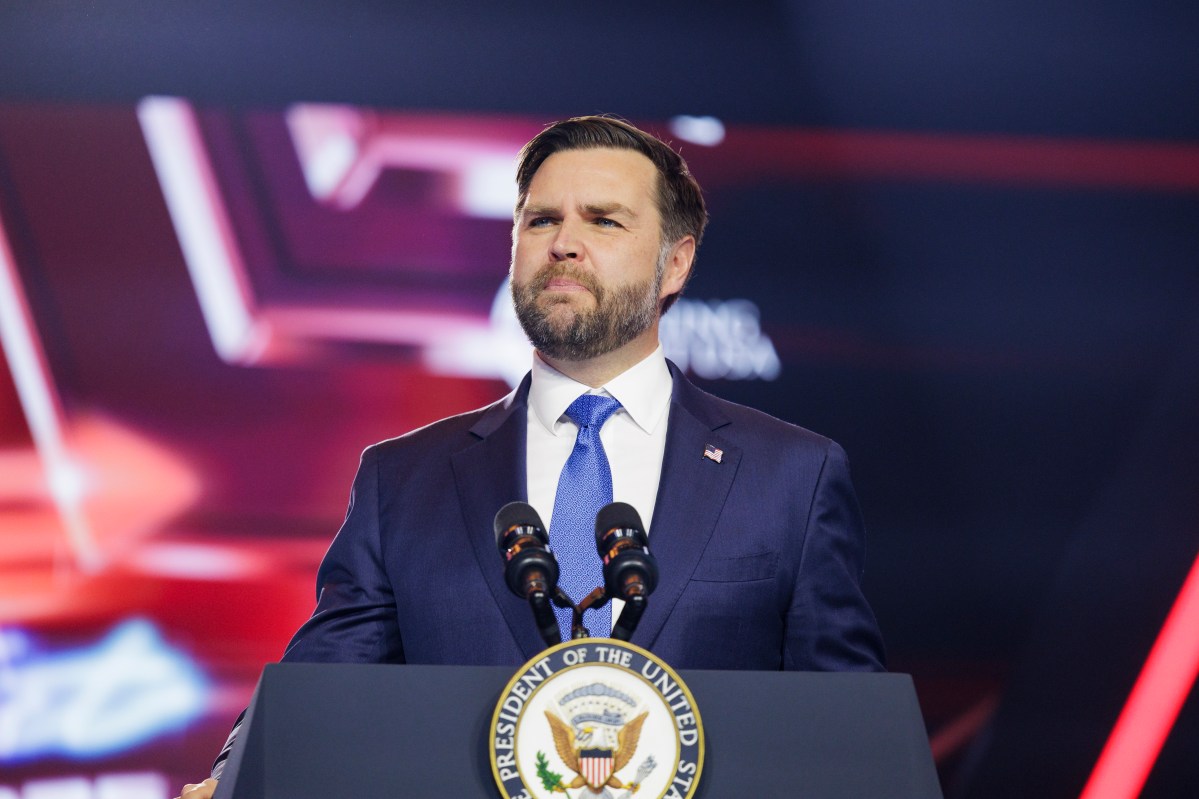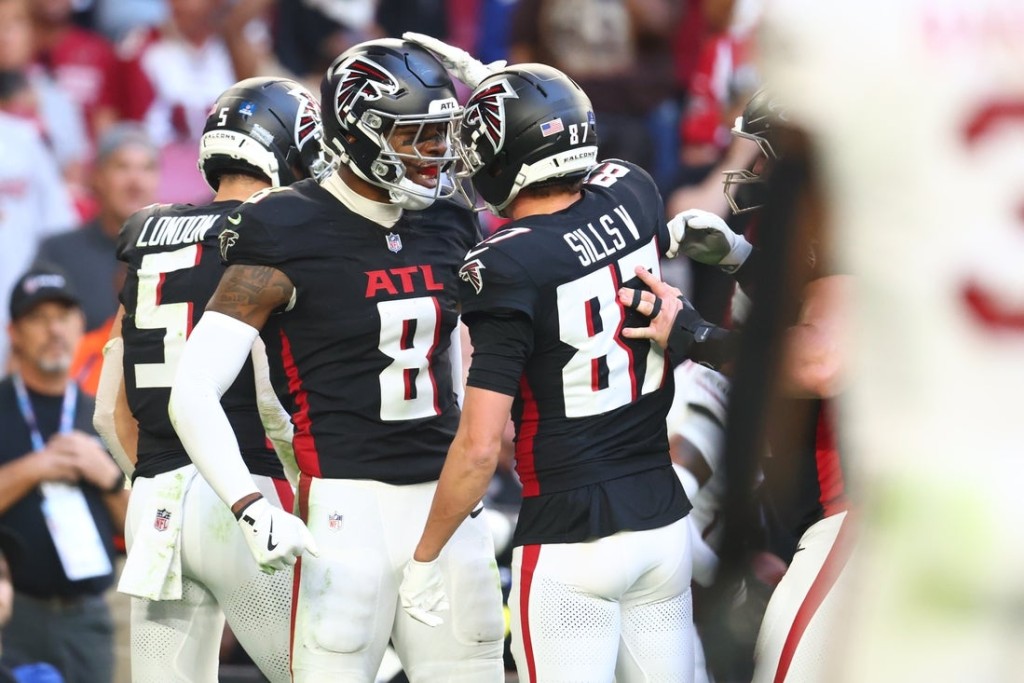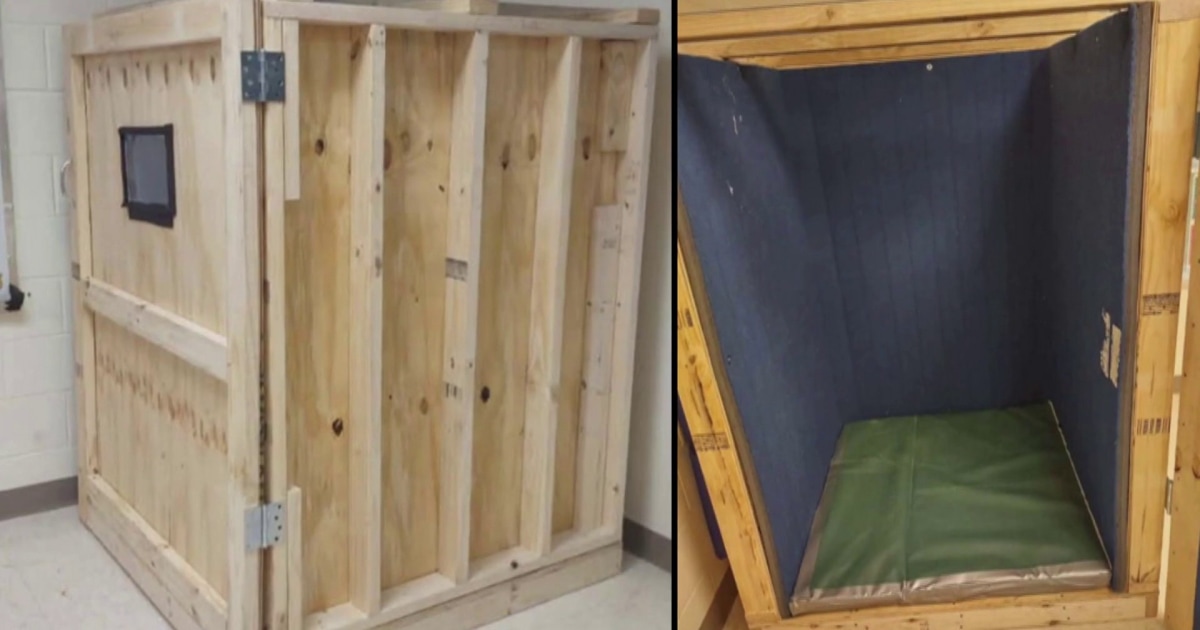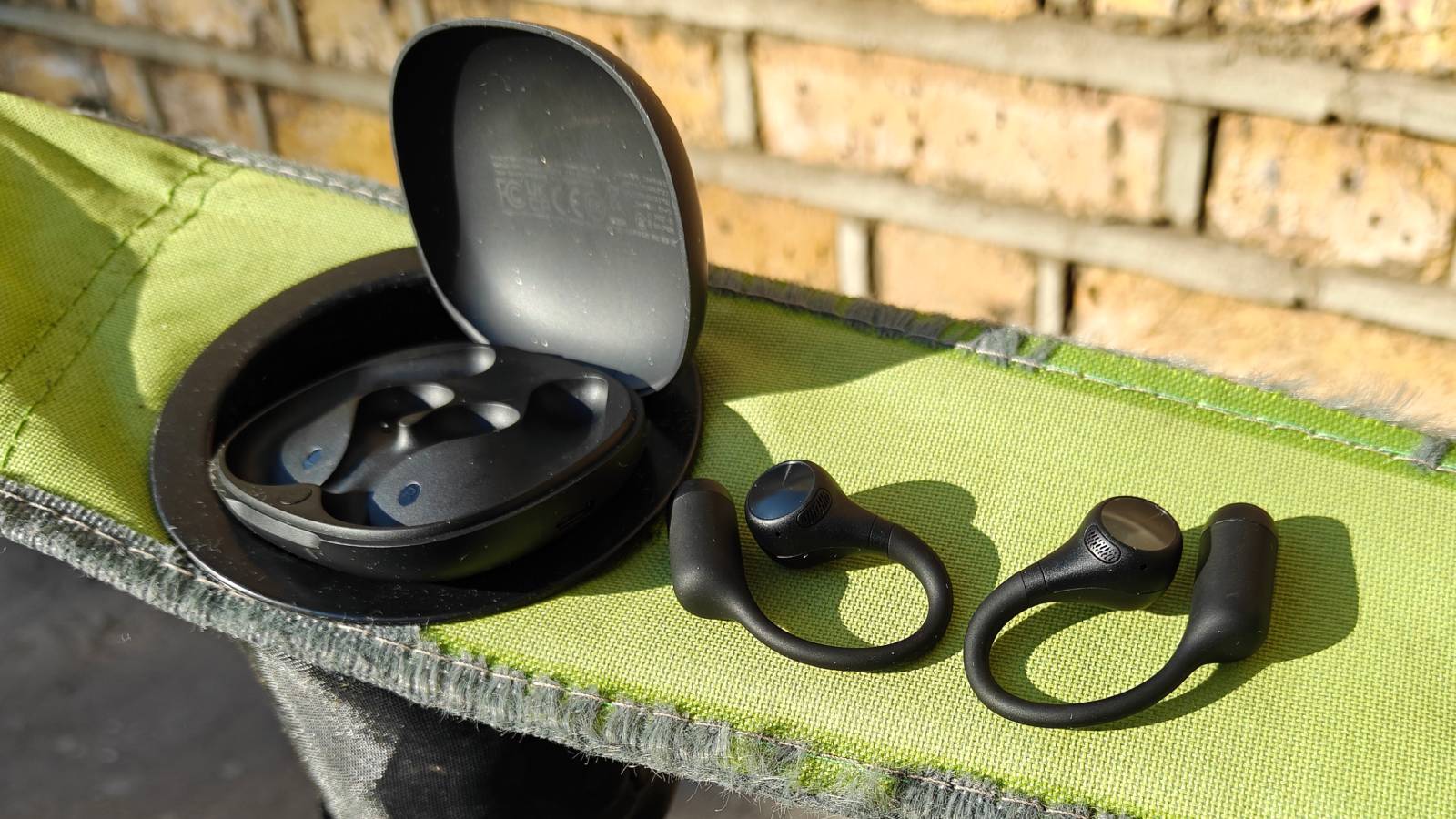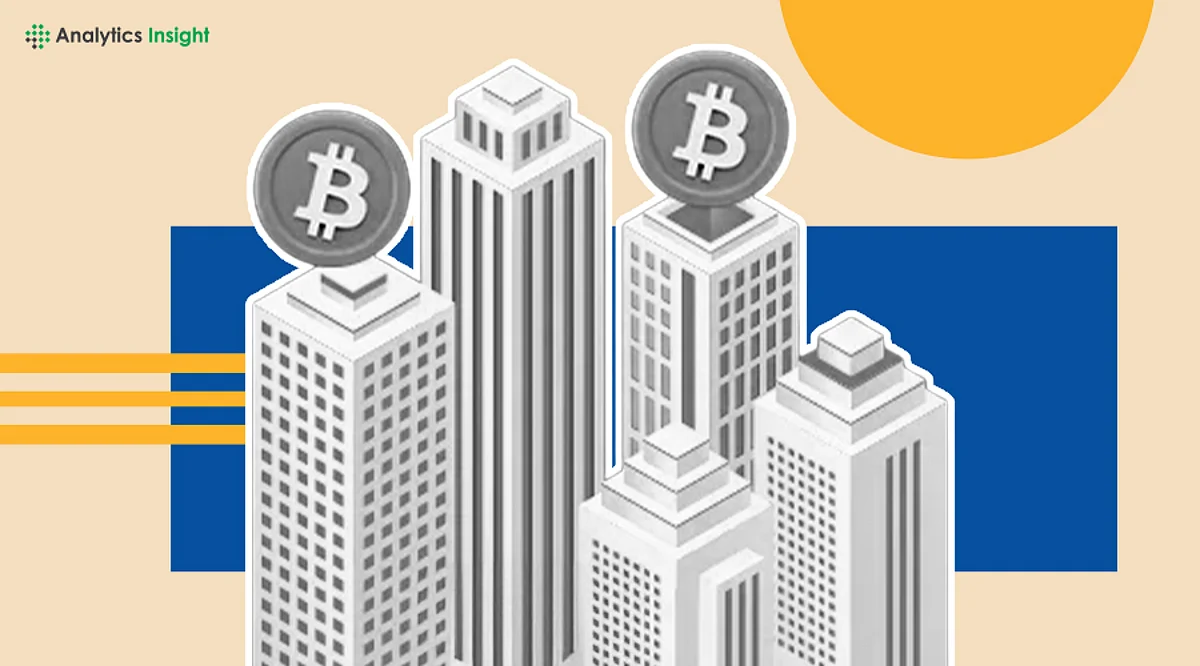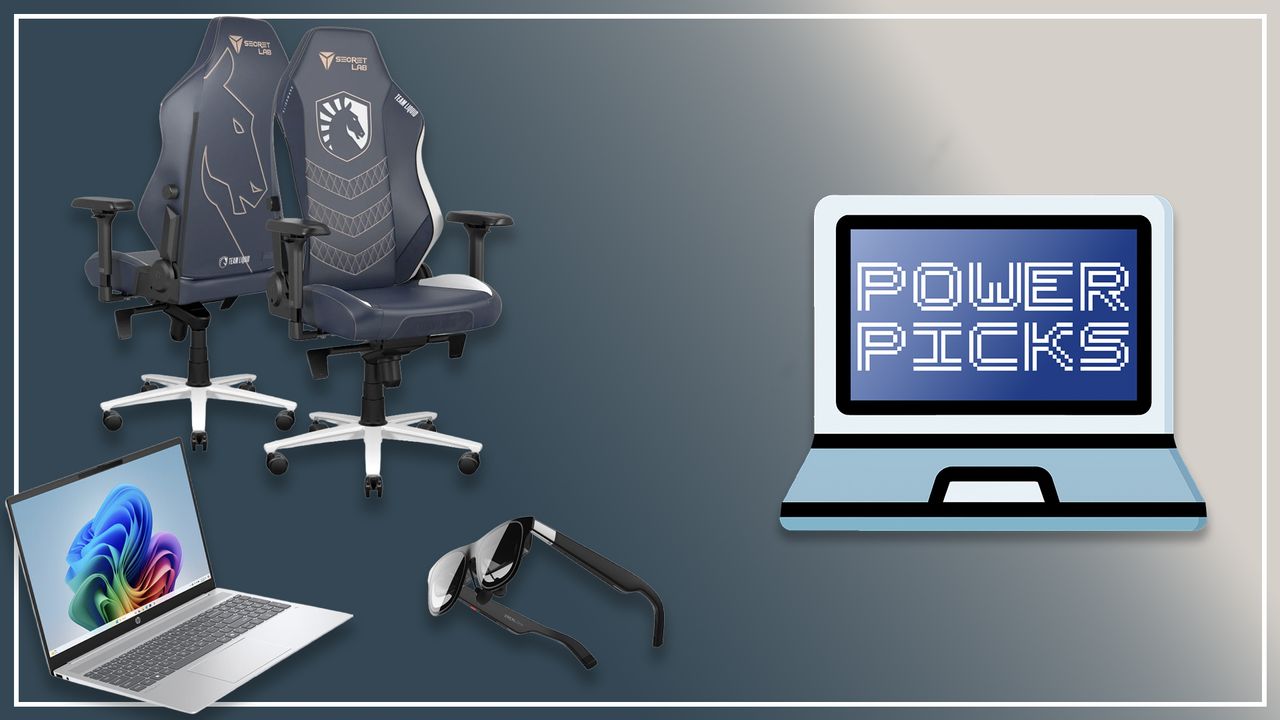Tribal Nations Forge Partnerships to Enhance Broadband Access
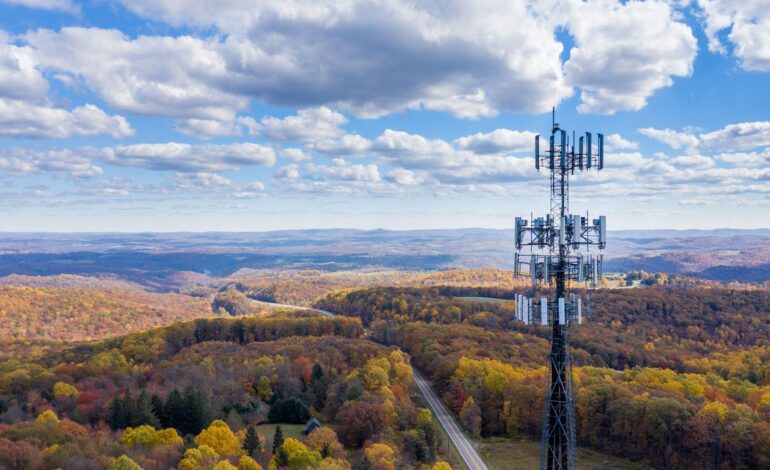
Access to broadband Internet remains a significant challenge for many Tribal Nations in the United States, as highlighted by a recent report from industry group Ookla. The report indicates that while substantial progress has been made through partnerships and grant initiatives, a considerable digital divide still affects these communities.
Many Tribal communities, particularly those in remote areas, struggle to achieve adequate broadband speeds. The report, authored by Sue Marek, indicates that low population density deters private service providers from investing in the necessary infrastructure. For instance, the Kotzebue Tribe in Alaska experiences a median mobile download speed of just 13.9 Mbit/s, with an upload speed of 4.50 Mbit/s. This Tribe’s location, accessible only by plane, underscores the geographical challenges faced by many Tribal Nations.
Innovative Partnerships and Funding Initiatives
Tribal Nations are exploring various strategies to enhance their broadband connectivity. Some communities have chosen to own and manage their own infrastructure, while others partner with private companies to improve service. Major telecom carriers, including AT&T, Verizon, and T-Mobile, lease land from Tribal communities for cell towers, allowing these Nations to generate revenue through land leases.
Furthermore, the Federal Communications Commission (FCC) has established a Rural Tribal Priority Window, which enables Tribal communities to acquire unassigned 2.5GHz spectrum licenses before auctions. This initiative aims to empower Tribal Nations to offer their own wireless services. Marek notes that many Tribal governments are keen to gain more ownership over telecom networks, exploring options ranging from complete ownership to partnerships with Internet Service Providers (ISPs).
Despite the strides made, over one-third of Tribal Nations still fall short of the FCC’s broadband definition, which requires minimum speeds of 100 Mbit/s for downloads and 20 Mbit/s for uploads. Ookla’s analysis revealed that nearly 75% of the 110 Tribal communities assessed had median download speeds lower than those of the states with which they share geography. Remarkably, only 19 Tribal Nations achieved median fixed download speeds exceeding 300 Mbit/s.
One notable exception is the Zuni Nation in New Mexico, which reported high median fixed download speeds of 458.1 Mbit/s in the first quarter of this year, more than double the average for New Mexico. This achievement is largely attributed to a partnership with the Continental Divide Electric Cooperative, which received a $4.4 million grant from the New Mexico Public Regulation Commission to deploy gigabit fiber to the Zuni Nation.
Addressing the Connectivity Gap
In New Mexico, another partnership involving Tarana Wireless and Choice Broadband, the wireless division of the Navajo Tribal Utility Authority, has enhanced broadband access for the Navajo Nation in Tohatchi. This collaboration has improved Internet speeds for around 400 previously unreachable locations, raising average download speeds from 9 Mbit/s to 100 Mbit/s.
Conversely, the Mashantucket Pequot Tribal Nation in Connecticut faces significant challenges, reporting median download speeds of only 6.15 Mbit/s. This slow connectivity likely stems from reliance on DSL or satellite services. However, the community received a grant of $493,008 in October 2022 from the Tribal Broadband Connectivity Program (TBCP) to enhance their broadband access.
The TBCP, established by the National Telecommunications and Information Administration (NTIA) in 2021, has allocated $1.8 million to 226 Tribal organizations as of 2024. The program aims to improve the quality of life by expanding broadband access, facilitating economic development, remote work, online learning, entrepreneurship, and telehealth services for Native American communities.
Despite the availability of TBCP funding, Marek points out that many Tribal communities lack the resources needed to navigate the grant application and reporting processes. She highlights that the TBCP complements the $42.45 billion Broadband Equity, Access, and Deployment (BEAD) program, which encourages collaboration between states and Tribal governments to improve broadband access.
Among the Tribal communities assessed, 12 had median mobile download speeds of at least 300 Mbit/s. Yet, 47 Tribal Nations reported median 5G mobile download speeds below 100 Mbit/s. The Shakopee Mdewakanton Sioux Community distinguished itself with a remarkable median 5G mobile download speed of 468.42 Mbit/s in Q1 2025, significantly surpassing the average in Minnesota.
Marek attributes this high performance to the community’s successful gaming and resort ventures, such as the Mystic Lake Casino Hotel, which generate substantial revenue and drive investments in 5G infrastructure.
As Tribal Nations continue to navigate the challenges of broadband access, these partnerships and funding initiatives highlight the potential for significant progress in bridging the digital divide, ultimately improving connectivity and quality of life for these communities.

